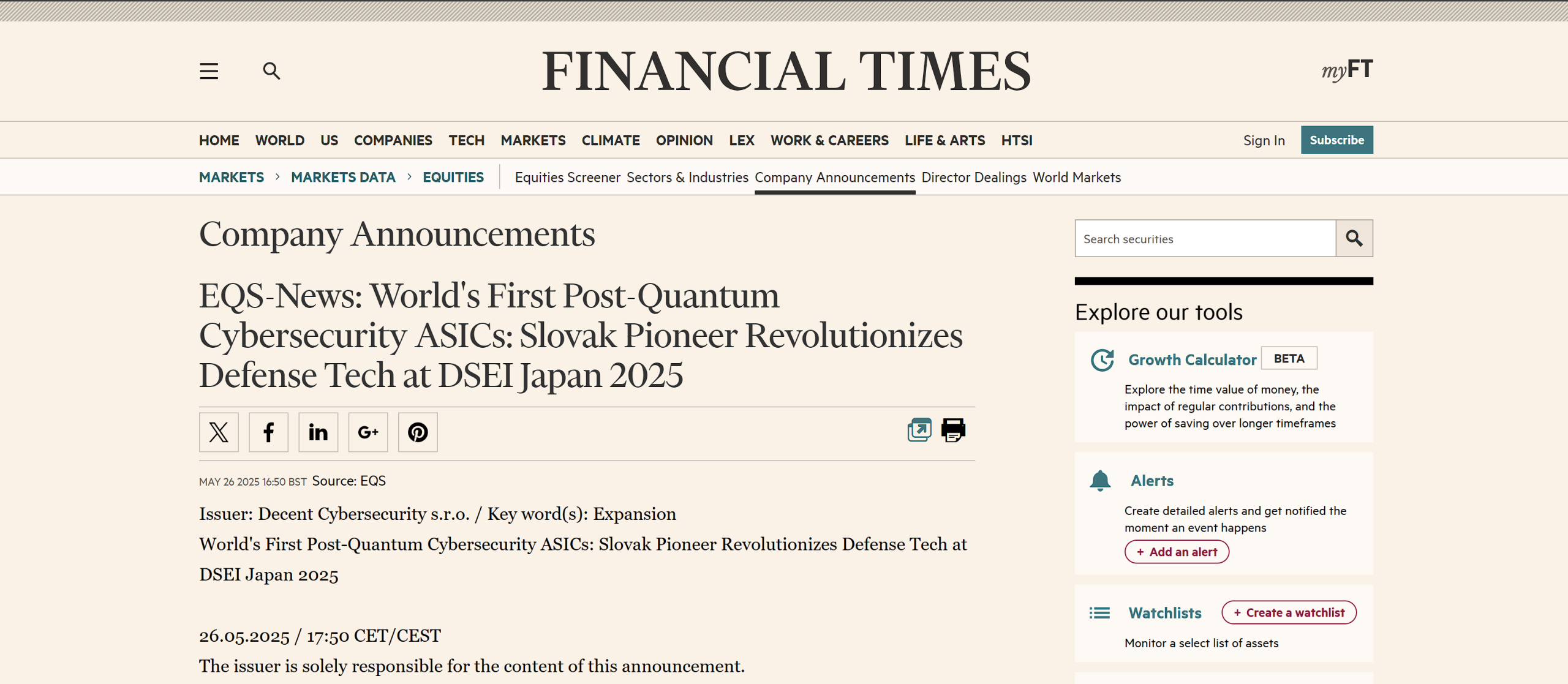Introduction
As quantum computing continues to evolve and its potential impact on global cybersecurity becomes increasingly apparent, the distinction between quantum cryptography and post-quantum cryptography has become a critical area of focus for cybersecurity professionals and industry leaders. This article explores the concepts, applications, and key differences between quantum cryptography and post-quantum cryptography, offering insights into how businesses can prepare for a future where quantum computing is the norm.
What is Quantum Cryptography?
Quantum cryptography uses the principles of quantum mechanics to secure data. The most prominent application of quantum cryptography is Quantum Key Distribution (QKD), a method for secure communication that allows two parties to produce a shared random secret key known only to them, which can then be used to encrypt and decrypt messages. The security of QKD lies in the fundamentals of quantum mechanics, where the act of measuring a quantum system’s state inherently alters that state. Consequently, any eavesdropper’s attempt to gain knowledge of the key disrupts the system, signaling to the communicating parties that the key has been compromised.
Advantages of Quantum Cryptography
Theoretical Security
Quantum cryptography is considered secure against any type of computational power because it is based on the laws of physics rather than computational hardness.
Eavesdropping Detection
One of the unique features of quantum cryptography is its ability to detect any interception attempts, providing an unmatched level of security for sensitive communications.
Challenges of Quantum Cryptography
Despite its advantages, the implementation of quantum cryptography faces significant challenges. It requires specialized hardware and environments, which can be costly and difficult to maintain. Moreover, the range over which quantum keys can be distributed is currently limited, impacting its scalability for broader organizational use.
What is Post-Quantum Cryptography?
In contrast to quantum cryptography, post-quantum cryptography (PQC) refers to cryptographic algorithms that are designed to be secure against an attack by both classical and quantum computers. These algorithms are built using traditional computational approaches but are resistant to the types of attacks that quantum computers could perform, such as breaking the widely used RSA and ECC cryptographic algorithms.
Advantages of Post-Quantum Cryptography
Compatibility
PQC algorithms can be implemented on existing computational infrastructure, making them a practical choice for enhancing the security of current digital systems.
Scalability
Unlike quantum cryptography, post-quantum cryptographic solutions do not require quantum hardware and can be easily integrated into existing networks and systems.
Challenges of Post-Quantum Cryptography
The primary challenge for PQC is ensuring that these new algorithms can withstand all potential quantum attacks once quantum computers reach sufficient maturity. This requires ongoing research and testing to validate their security against an evolving threat landscape.
Key Differences Between Quantum and Post-Quantum Cryptography
Technological Foundation
Quantum cryptography is based on quantum mechanics, while post-quantum cryptography relies on classical algorithms that are designed to be secure in a quantum computing environment.
Purpose and Application
Quantum cryptography primarily secures data transmission channels against eavesdropping, whereas post-quantum cryptography aims to secure all forms of digital data against decryption by quantum computers.
Implementation Requirements
Quantum cryptography requires quantum technology, which is not yet widely available or affordable; post-quantum cryptography uses existing digital infrastructure, making it more immediately applicable.
Conclusion
As the quantum computing era approaches, understanding and differentiating between quantum cryptography and post-quantum cryptography becomes essential. Businesses must assess their specific needs and vulnerabilities to determine which type of cryptographic solution is most appropriate. By preparing now, organizations can ensure they remain secure in a post-quantum world, protecting their critical data from emerging cyber threats.
Recommendations
Organizations should begin by conducting a thorough audit of their current cybersecurity measures and assessing their vulnerability to quantum attacks. Investing in post-quantum cryptography solutions can be a more immediately implementable strategy for most, while exploring quantum cryptography might be suitable for those requiring the highest level of security for specific types of communications.







